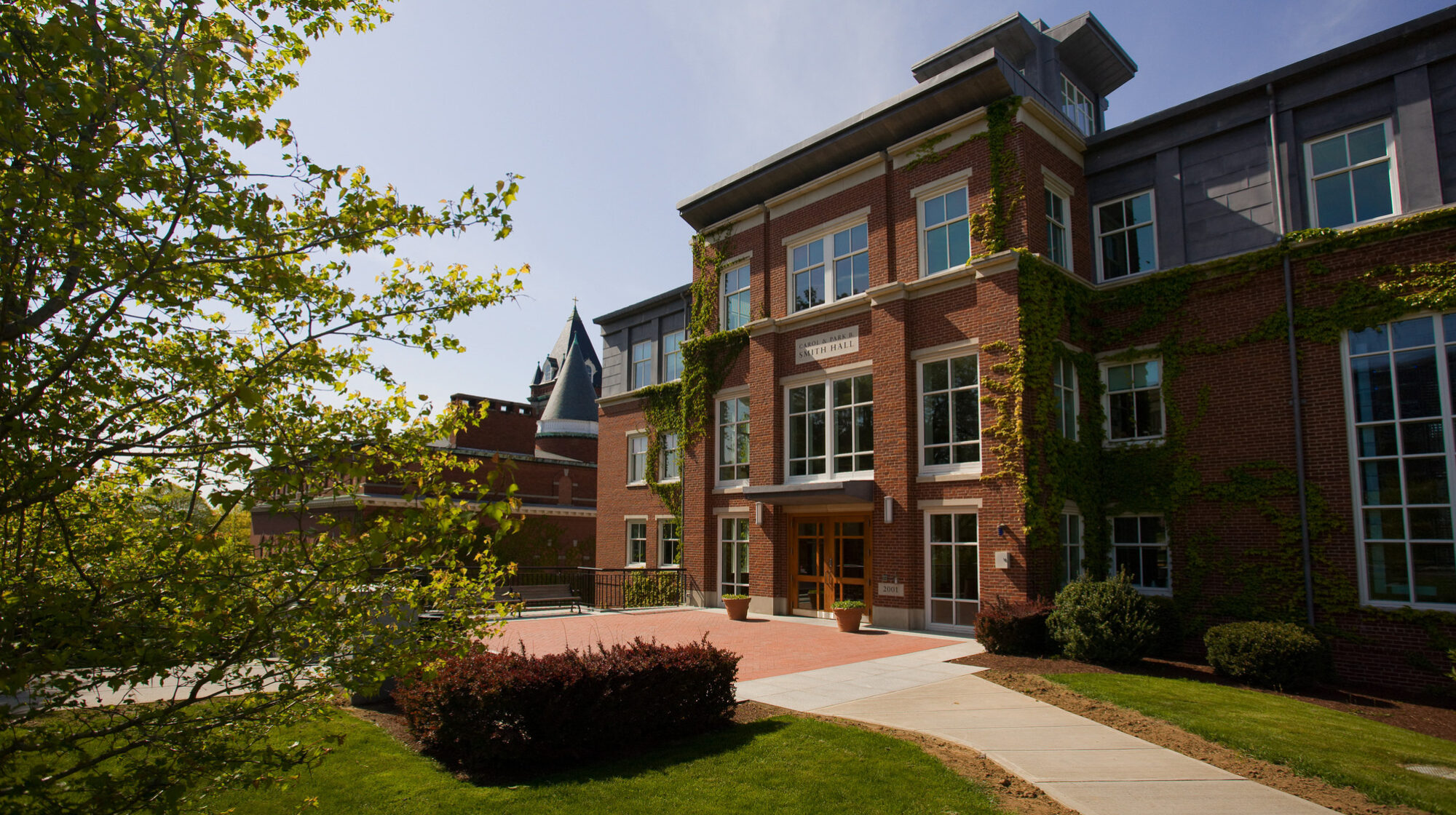
By Princy Sindurakar ’20
Editor’s Note: Princy Sindurakar ’20 is a senior Biology major with minors in Asian Studies and Neuroscience. With funding from the Ignite Fund, Princy had the chance to travel to Nepal over winter break to study the complex use of sacred art in various rituals related to one’s well-being and spread of peace in Newar Buddhism. She took some time to write about her trip.
During our trip to Kathmandu, Nepal, I visited prominent and local historical sites, mainly built during the Golden age of the Kathmandu Valley, specifically due to the growth of culture, art, and architecture. Most of the visits were alongside two other students from Holy Cross and from part of the seminar, Buddhism in the Nepal Himalayas with Professor Todd Lewis and Professor Naresh Bajracharya. These sites were primarily Buddhist temples, stupas, and worship sites, all part of Newar Buddhism, a school in Buddhism.
From beautiful cities, such as Bhaktapur and Patan, to archives and tours within the city, I was able to experience the extensive beauty of the valley and perform field study, connecting with both scholars and locals around the area. For instance, I had the opportunity to observe the bathing ritual of a prominent figure in Vajrayana Buddhism, part of the Mahayana Buddhism, known as Seto Machindranath, in order to prepare for the upcoming festival. This rare sighting would occur every year thus it was fascinating to observe this complex bathing ritual of the figure at one of the local Buddhist sites, known as bahas. Most of these sites, including monuments, had been built by Newars, the historical inhabitants of Kathmandu Valley, and they played a significant role in practicing Buddhism through detailed rituals and discipline, passed down through generations.

I was able to further my studies in Newar Buddhism and apply my academic knowledge from my previous courses and seminars within the Asian Studies department. We had the chance to analyze the use of different art pieces, such as wood carvings, metal repousse figures, paintings, scrolls, clay moldings, and more, in the context of ritualism and worship. After our first week of visits and field studies at all these sites, I was able to focus on my project’s goals, particularly to understand the traditional practices and the role of diverse artwork on the practice of Newar Buddhism. In addition to my field study in observing the practice of rituals at different historical sites and meeting with scholars, including Theravada Buddhist monks, I studied the use of traditional medicine and its roots to Buddhism, specifically developed within the Newar community, also passed down through generations throughout decades.
I had the opportunity to visit an Ayurvedic factory which involved the making of many forms of medicine through a series of procedures to produce pure traditional medicine with the use of herbs, plants, and minerals found all over Nepal and the world. As a Newari American, this trip was truly a dream, and especially being able to perform field study during my final year, I gained an immeasurable experience beyond courses and seminars through closely connecting with the locals and observing the daily ritualistic practices at the historical vihars and bahas.

